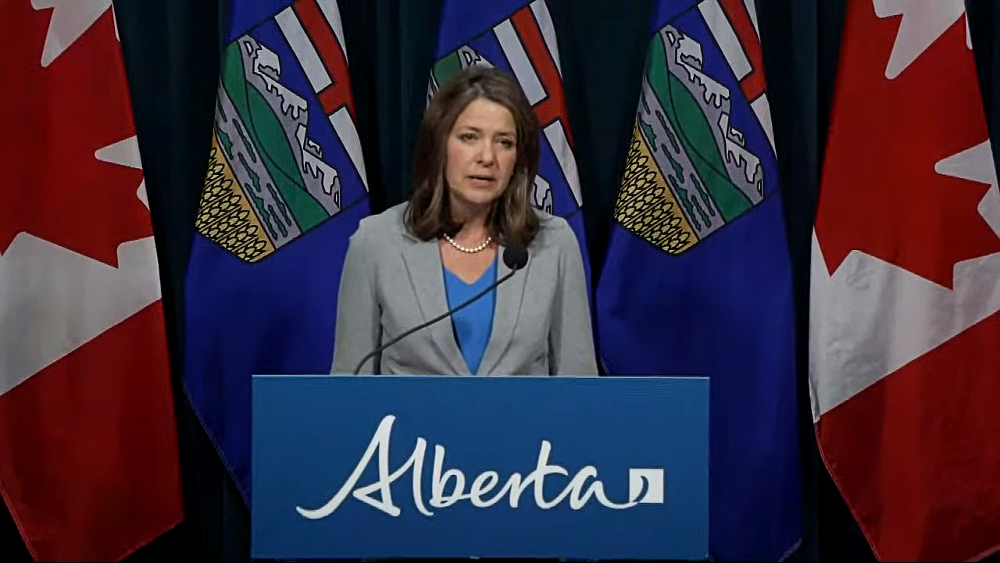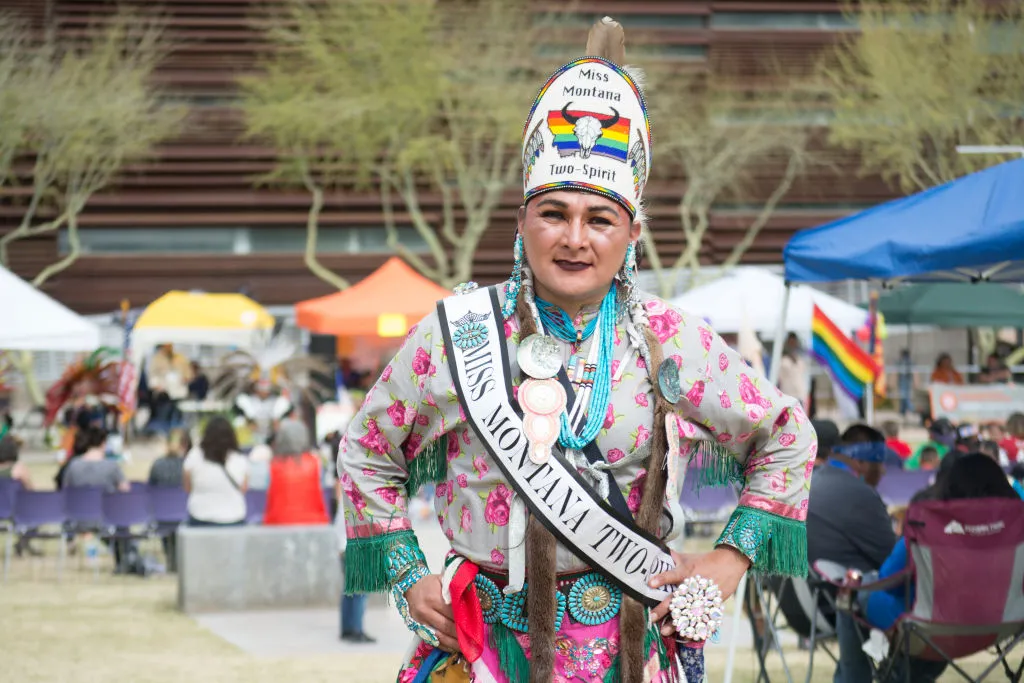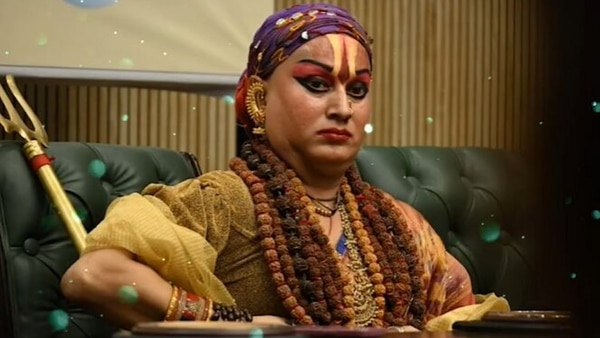
Last week, Premier Danielle Smith announced upcoming changes to policies related to youth who identify as transgender.
Premier Smith announced that under these new policies, all gender reassignment surgeries are prohibited for anyone aged 17 and under.
She also announced that, with the exception of those who have already begun treatment, the use of puberty blockers and hormone therapies for gender reassignment or affirmation are prohibited for children 15 and under, and those aged 16 and 17 must get parental, physician, and psychologist approval before they begin those treatments.
Under the policy, parents must choose to enroll their children in formal school instructions on the subject matter involving gender identity, sexual orientation, or human sexuality.
Children 15 and under must also, receive parental consent to change their name or pronouns used by teachers, school administration, and other educational staff, whereas the parents of children 16 and 17 will just be notified of these changes.
“I want to be clear. I think people are confusing the two things here, but with puberty blockers, that’s one thing and then hormone therapy is another,” explains Ali Evans, who is a Social Worker with Kindred Roots Therapy INC. “It’s important to think that puberty blockers are actually useful, and they give youth extra time to think about what their decision will be over the next couple of years before they actually would start the hormone treatment or done any gender-affirming surgery.”
Evans adds that there were already check stops in place that required parental consent to access those services.
“The new measures aren’t exactly adding the check stops in place that weren’t already there, all it is is delaying gender-affirming care to youth that desperately need it to help with things like gender dysphoria. Which greatly contributes to having positive mental health outcomes, when you can have things that help with that,” Evans says.
Puberty blockers are also reversable and are helpful tools for someone who has gender dysphoria but doesn’t yet know if they will be undergoing gender-affirming care.
“They do [gender affirming care] later in life, after already taking these great steps in discussing with their doctor and a mental health provider, things like that. With the announcement, it just seems like it’s a targeted, discriminatory act to those who are already the most vulnerable. So, I think it’s really important, when we’re viewing this to not take this without reading the actual effects of this. The comprehensive nature of these measures are alarming and it does raise a lot of red flags,” Evans says.
Even before Premier Smith made the policy changes, no one in Alberta under the age of 18 was ever eligible for top or bottom surgery without parental consent, and parental consent was always required for any youth to begin puberty blockers and hormone therapy.
“As well as having medical checkpoints in place to ensure that the youth is connected to a mental health professional, they have to have approval from a psychologist, or a registered social worker. There’s already those medical professional guidelines in place to govern those aspects. Now these new policies create additional red tape with hormone therapy and gender-affirming surgeries who already have had strictly regulated and controlled guidelines through the medical profession, and so now, it’s essentially just delaying access to this care that, quite honestly, is needed,” Evans says.
Previously, kids could start puberty blockers at 12 and hormone therapy at 14.
Evans believes that these new policies run against the guidance of experts, established frameworks, and evidence-based practices.
In regard to name and pronoun changes, Evans believes that this new policy can be harmful.
“If they are required to have parental consent, this new policy makes it feasible to be outed in a situation where that might actually be very unsafe for that youth. Which will only further contribute to things like homelessness or anything like that,” says Evans. “By making it a requirement that parents have to be notified at any time there’s a youth describes wanting to go by a different identity is extremely discriminatory.”
Evans has a lot of concerns over that possibility.
“I think that if it was a safe place for youth to express themselves in the home, their parents probably already know anyways. So, this is really only going to affect those who are at most risk for harm.”
Evans adds that sometimes the hardest thing for someone to do is coming out to the people who are the closest to you.
“It’s almost easier being able to choose who you can allow into that part of your life. Because it’s a day and age where we are still discriminating gender diverse people, transgender people, and I think it’s really important to allow that person the right to choose who gets to know about their identity and when,” explains Evans.
Ten per cent of the population in Canada identifies as 2SLGBTQIA+, yet queer youth make up between 25 and 40 per cent of homeless youth in Canada.
On top of those homelessness rates, 45 per cent of queer youth seriously considered suicide in the past year, and fewer than 1 in 3 Trans gender/non-binary youth found their home to be gender-affirming.
For any youth who may be affected by these new changes, there are resources available.
In Okotoks, there is Kindred Roots Therapy INC, which offers care to everyone who comes through their door.
There is also True Colors Rainbow Alliance, who have the Free To Be Me series that help youth discuss topics that impact the lives of queer youth.
And for those that can make it into Calgary, there is the Skipping Stone Foundation that supports Trans youth in numerous ways.



